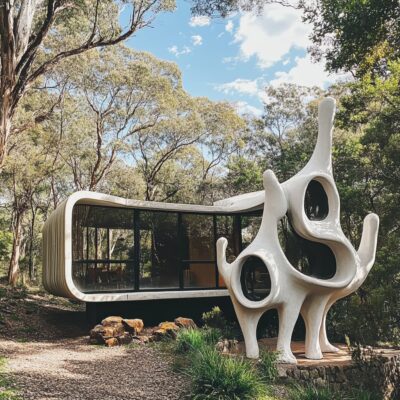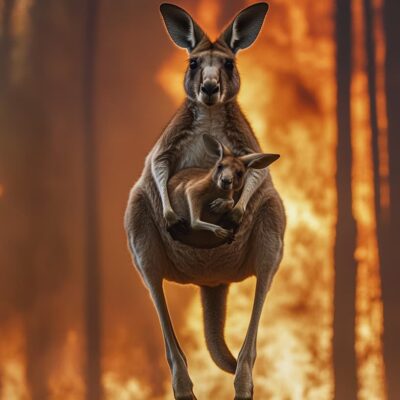
Australia is not merely following global digitalization trends — it is actively shaping new directions in virtual entertainment. Today, digital art and virtual reality (VR) projects are taking center stage, transforming how we interact with art, play, and learn in digital environments. For a Portuguese audience, where interest in innovative formats of leisure and cultural consumption is steadily growing, the Australian experience can serve as an example of successful integration between technology and the creative industry.
Australia’s Emerging Digital Culture
Australian culture has always embraced experimentation — from street art to technological installations. However, with the development of AR and VR tools, digital art has received a fresh impulse. Virtual exhibitions, interactive installations, and even entire metaverses are becoming part of the cultural agenda in cities like Sydney, Melbourne, and Brisbane.
Major Australian museums and galleries, including the National Gallery of Victoria (NGV), are implementing VR experiences that allow visitors to “immerse” themselves in paintings, walk through digital replicas of exhibitions, and interact with objects using a VR headset. This transformation not only attracts younger audiences but also makes art accessible beyond physical spaces.
Australian Startups and Digital Artists
Riding the wave of virtual art popularity, dozens of new startups and digital studios are emerging. One example is the studio Sutu Eats Flies, founded by artist Stuart Campbell, which creates immersive comics and AR installations now featured in international museums. These projects go beyond mere entertainment — they establish a new visual language and allow experimentation with storytelling formats.
VR Development: From Entertainment to Education
The VR sector in Australia is actively growing beyond the arts. A great deal of attention is being paid to the creation of educational and therapeutic applications. Universities and research centers are partnering with IT companies to develop VR environments where students can study medicine, architecture, aviation, and other disciplines without the risks and costs associated with traditional practices.
Still, the entertainment industry remains the most dynamic field. VR games, simulators, and immersive attractions are gaining popularity among the general public. Some of these experiences are crossing over into the online space, where the line between game and reality becomes increasingly blurred.
Online Entertainment: More Than Just Games
Unsurprisingly, alongside the development of VR and digital art, there is growing interest in other forms of online entertainment, including online casinos. These platforms are increasingly adopting gamification and 3D graphics, making the user experience more engaging and visually rich.
In some cases, you can even find VR versions of novos casinos online, where players walk through a virtual casino hall, interact with others, and place bets in a fully immersive environment. This format is already attracting interest from developers in Australia and could be adapted for the Portuguese market in the near future.
Government Support and International Collaborations
In Australia, digital projects often receive support at the governmental level. Funding programs such as Australia Council for the Arts and Screen Australia offer grants to creative industries, including digital art, XR (extended reality), and VR products. This stimulates the emergence of new original projects and enhances the global recognition of Australia’s digital scene.
Moreover, local teams actively collaborate with international artists and tech companies. For instance, the Melbourne International Games Week festival annually gathers game and VR content developers from around the world, encouraging knowledge exchange and the promotion of innovative solutions.
The Future: Metaverses and Digital Tourism
The future of virtual entertainment in Australia is not limited to art and education — it also involves the creation of new spaces: metaverses. These are virtual worlds where users can interact with one another, build objects, run businesses, and even organize exhibitions or concerts.
Projects like Somnium Space, involving Australian designers, show how art, entertainment, and social interaction can be combined into a single digital environment. Such solutions may also be applied in tourism — for example, in creating virtual tours of Sydney or the Great Barrier Reef, which is particularly relevant in the post-pandemic era of travel restrictions.
Australia as a Source of Inspiration for Europe
For the Portuguese audience, Australia’s approach to digital entertainment may be particularly inspiring when it comes to exploring new forms of cultural consumption and leisure. Given the population’s strong engagement with online services — from streaming platforms to games and casinos — the models implemented in Australia could be adapted across Europe.
A combination of government funding, creative initiatives, and openness to technological experimentation turns Australia into a digital culture hub that’s well worth watching. Especially in an age when the line between the physical and virtual world is becoming increasingly blurred, and entertainment is rapidly moving online.




